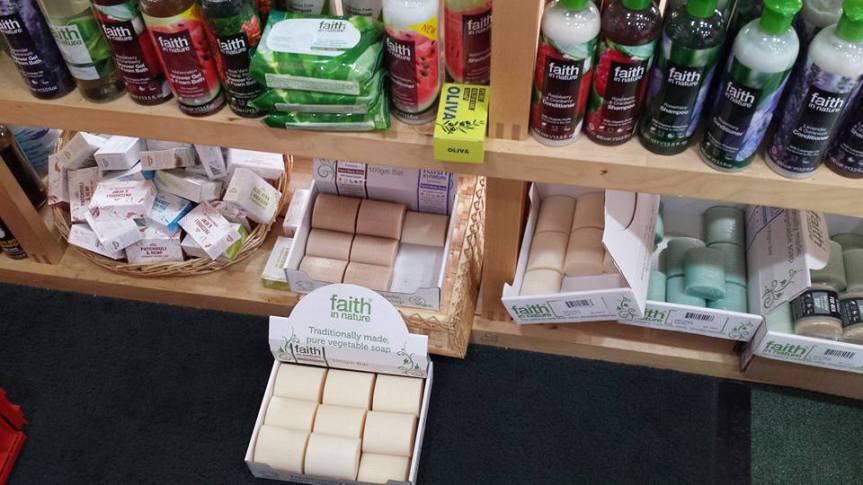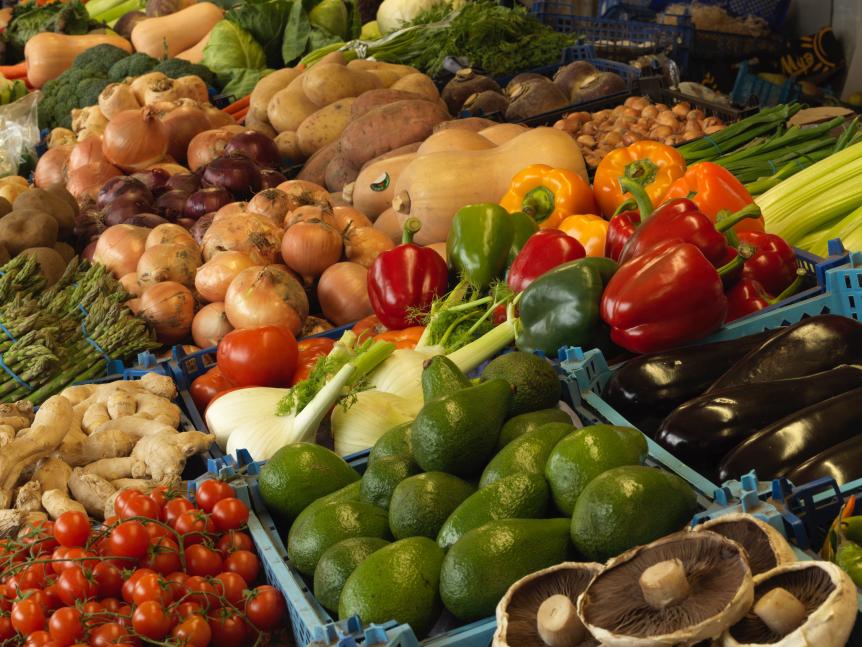 When it comes hair washing and reducing waste the first option many people go for is a shampoo bar. You can buy them loose on the High Street from shops such as Lush and there are many options sold just in card in zero waste shops, health food shops and online.
When it comes hair washing and reducing waste the first option many people go for is a shampoo bar. You can buy them loose on the High Street from shops such as Lush and there are many options sold just in card in zero waste shops, health food shops and online.
Before deciding whether to give shampoo bars a try you need to consider a few things:
- Are you happy to use a bar with SLS as an ingredient? SLS can be (but isn’t necessarily) derived from palm oil, and can be a skin irritant – if you are concerned about either of these you may want to check if the supplier knows the source of their SLS or choose an SLS free bar. On the other hand, the inclusion of SLS means the bar will work much more like a regular shampoo and so is less likely to need a transition period while your hair adjusts. Also should work OK with hard water.
- Shampoo bars without SLS generally need to be followed with a ph balancing rinse to counter their alkalinity. Diluted vinegar ( 1tbsp to 1 cup water) is a popular choice but there are lots of alternatives. If you use vinegar it doesn’t need to be fancy apple cider vinegar – plain white vinegar will do, or you can make your own apple scrap vinegar. I often use black tea – if there is any left in the pot I pop it into a lidded cup or jar and store in the fridge until needed. Black coffee or diluted lemon juice are other options. Most people will experience a transition period if moving from regular shampoo, as the hair loses the build up of silicones. Your hair may feel waxy during this time. An apple sauce mask will help with this – more information below. However, while some people get on with them fine, shampoo bars are known to be quite tricky to use in hard water areas.
If you have hard water and would prefer to try an alternative way to wash you hair there are plenty of options. I have been No Poo for over 3 years now, living in an area of extremely hard water for most of that time ( since moving we still have ” moderately” hard water) and these are the things that have worked for me:
1. Rhassoul clay: This is my favourite wash method. I have short fine hair so don’t need to use a lot but I essentially mix a teaspoon or 2 of clay with a little water to form a paste. I then massage this into my scalp in the shower. Always apply to dry hair – this makes your hair less likely to absorb the hard water you use to rinse. Then rinse thoroughly and follow with a ph balancing rinse of black tea or diluted vinegar (homemade apple scrap vinegar when I have it). Then rinse again with water – you won’t smell of tea of vinegar once your hair is dry. Alternatively I just mix the tea or vinegar rinse into the clay to make it a single step process. I don’t worry too much about the quantities but if you do I initally started with the ratios in this Holy Grail shampoo recipe which also includes honey for conditioning. You may be able to find rhassoul clay (or bentonite clay which can be used in a similar way) in your local health food shop but if not you can find it in paper bags online. I most recently found mine at eccoverde but it is is also available from Amazon or ebay.
2. Aruvedyic hair powders: A wide range of hair powders can be bought quite cheaply from Spices of India where you can also find information about the properties of each one to see which is most likely to suit your hair. Depending where you live you may also find them in your local supermarket or international store – I actually found a single box or aritha powder reduced to clear (about 50p) in my local Morrisons although I’ve never seen them there before. The powders generally come in card but do have a small plastic bag inside. When I ordered from Spices of India I asked for no additional plastic in the postal packaging and they heeded my request. I use a mix of shikakai and amla powder – the shikakai is a gentle cleanser and the amla is conditioning. Similar to the clay, I just mix a spoonful or 2 of the powders to a paste with a little water the massage into my scalp ( again starting with dry hair) and rinse well. Aritha (soapnut powder) also works well with hard water although I personally find using it regularly too drying for my hair). No ph balancing rinse is needed with these.
3. Protein washes: chick pea flour / gram flour; rye flour: As with the above methods, mix a little into a paste with water and massage into dry hair and them rinse well. These works well for me as occasional wash methods only – very cleansing but contains a lot of protein. Most people can’t use protein washes more than about once a month but it varies so you might find it works fine for you. I find that if I use protein again for the next wash it doesn’t work at all. And I personally don’t like the smell of the chick pea flour which I find lingers however much I rinse. Egg is another protein wash option – mix an egg with an equal amount of cold water. Apply all over dry hair and leave on for about 10 mins – it will drip so stand in the shower or close to a sink. Then rinse off thoroughly with cool water – otherwise you will end up with hair full of scrambled egg!
These are just the methods I have successfully used – do have a look at wealth of information over at the No Poo and Low Poo Facebook Group for lots more hair wash methods, conditioning advice and detailed advice on dealing with hard water.
If you have hard water I would love to know what works for you.
Dealing with waxy hair during transition:
Apple sauce mask:
Peel and chop a cooking apple (any other apple will do fine too – so use what you have) and cook until it is soft enought o mash easily to a puree. I usually use the microwave. I tend to just mash it with a fork but you may prefer to use a blender for a smoother puree which is easier to rinse out. While the puree is still warm ( but not oo hot) apply it all over your dry hair and cover with a shower cap. Leave it on for at least half an hour and then rinse thoroughly. You may need to do this a few times during the transition period.
Making apple scrap vinegar:
Save up apple peels and cores in the freezer until you have enough to fill a jar of your choice. Then place them in the jar, add a tablespoon of sugar and cover with water. Give it a good stir. Secure a cloth over the jar to let the air in but keep fruit flies etc out. Be sure to give it a stir at least once a day so that the same bits of apple aren’t exposed to the air – otherwise the exposed bits can go mouldy. After a few days or a week, depending on the warmth of yor kitchen, the mix will start to bubble and ferment. Keep on stirring it. After a few weeks the apple pieces will all sink to the bottom. At this stage strain the mixture through a sieve or cloth and compost the apple pieces. By this stage it should already smell vinegary but I usually leave it with the cloth cover to continue to develop.

Thanks for reading – for more frequent posts please follow me on Instagram









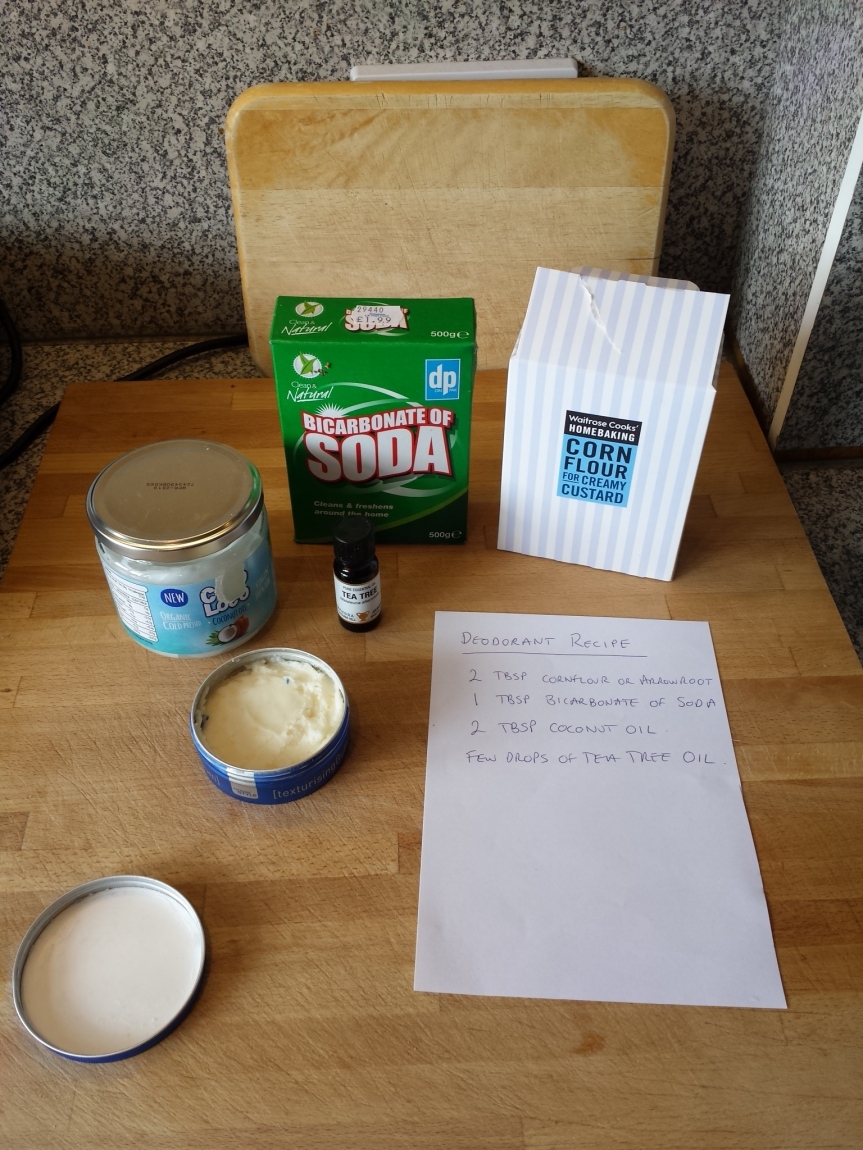
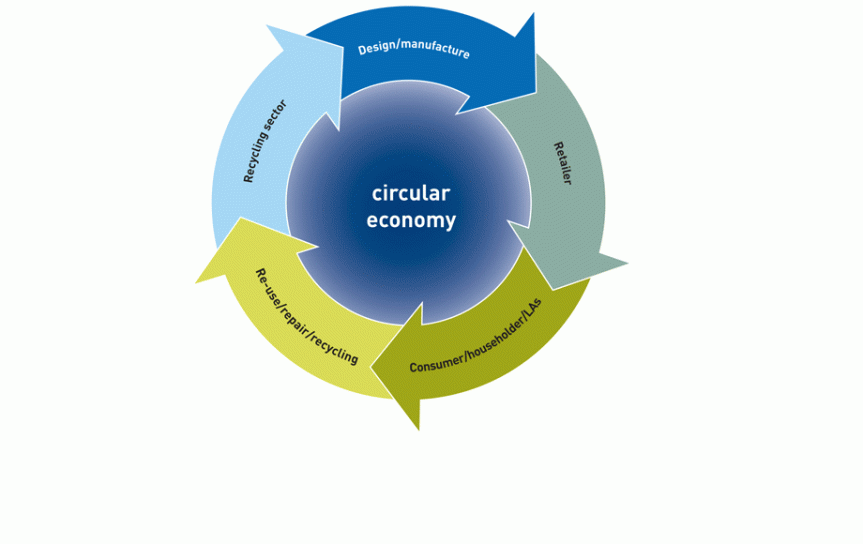



![20171123_102204[1]](https://allotmentrecipes.files.wordpress.com/2018/01/20171123_1022041.jpg?w=863)





























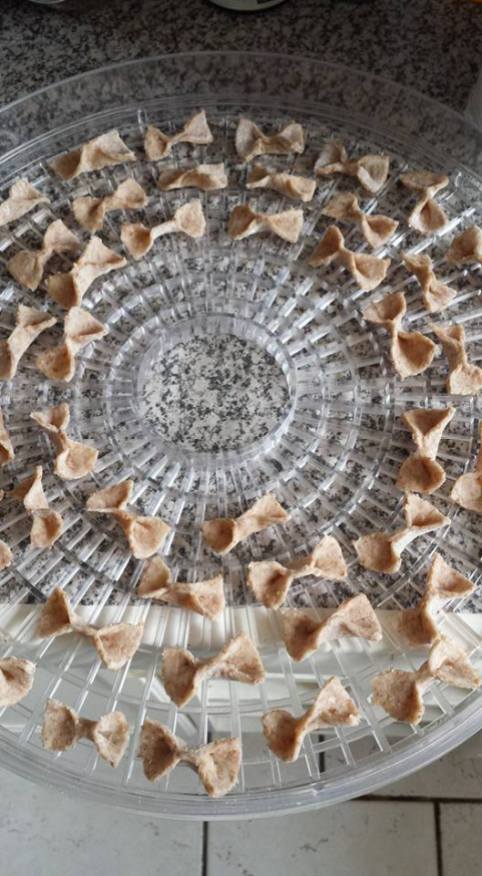



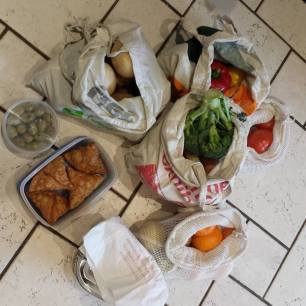






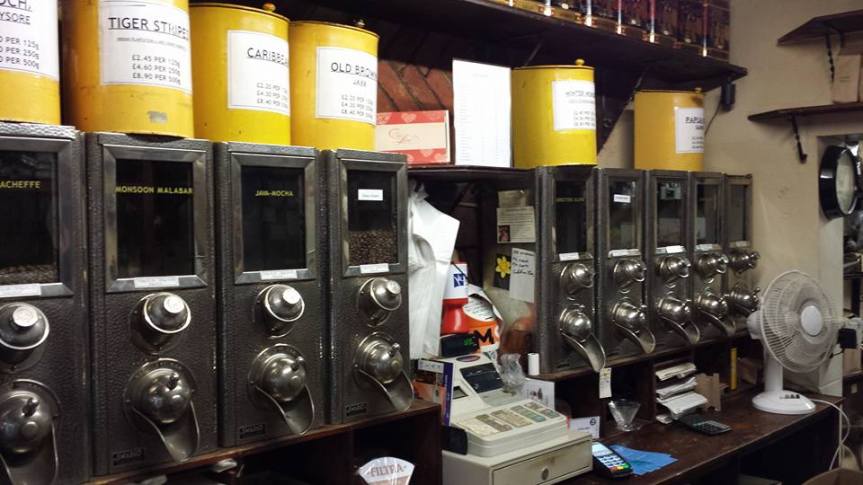



![20171123_103831[1]](https://allotmentrecipes.files.wordpress.com/2018/01/20171123_1038311.jpg?w=863)
